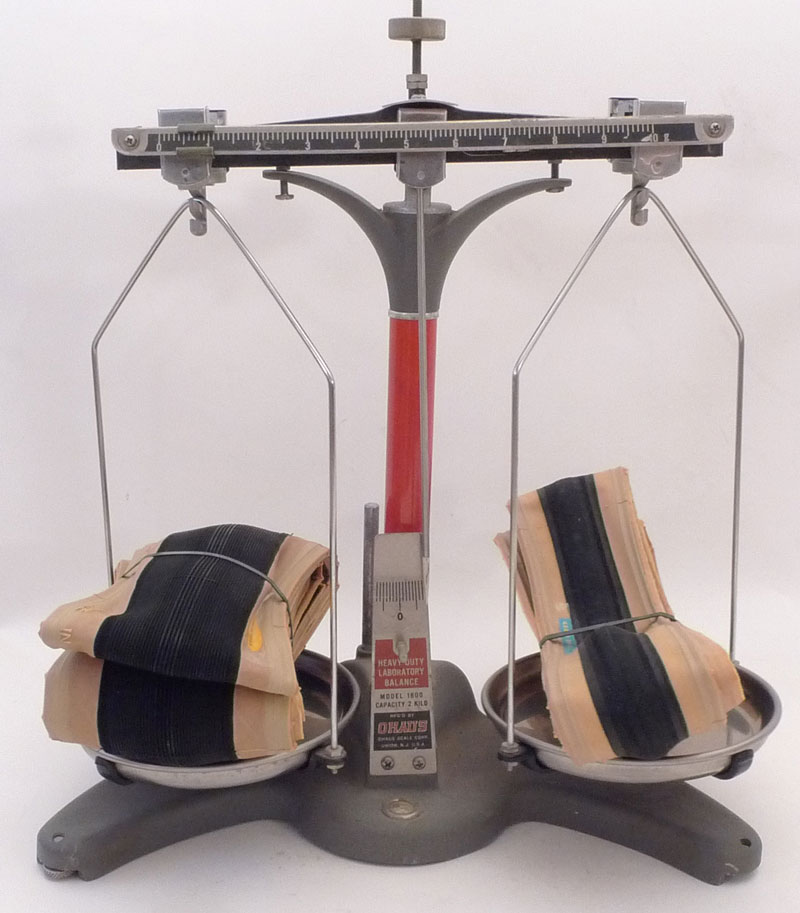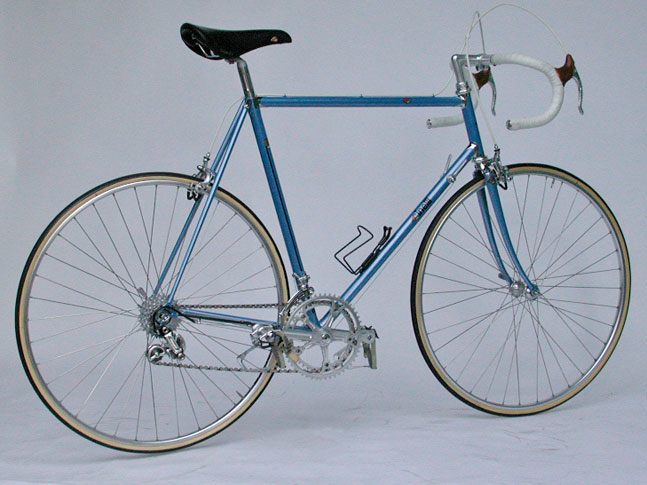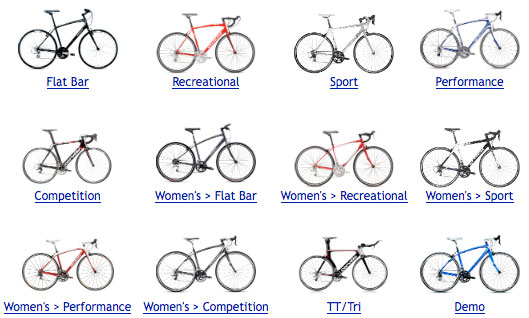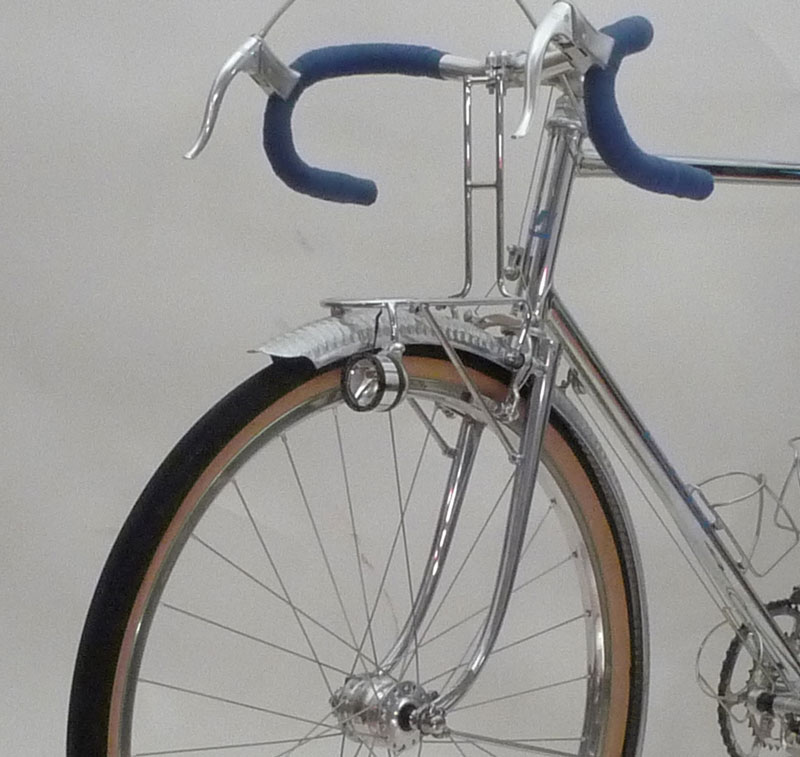The Downsides of Wide Tires

Since we have published a post about “The Dangers of Narrow Tires,” it is only fair that we look at the other side of the coin. What are the disadvantages (or even dangers?) of wider tires? I can think of a few:
– Weight: A wider tire and a wider tube always will be heavier than a narrow tire. The scale above shows the difference. On the left is a 650B x 42 mm tire. It weighs 410 g. With the same casing, the 700C x 23 mm tire on the right weighs just 220 g.
If you take the difference (190 g), add the extra weight of the larger tube (37 g) and multiply by 2, you get a weight difference of 454 g, or almost exactly a pound. (You probably also will use a wider rim, but the smaller diameter of the 650B wheel actually makes for a slightly lighter wheel.)
A full pound sounds like a lot, but it is less than a waterbottle. Does adding a second water bottle make your bike noticeably slower?
What about the importance of rotating weight? Thanks to the smaller wheel diameter of a 650B wheel, the rotational inertia of the 42 mm-wide 650B wheel-and-tire is actually the same as that of a 700C x 28 mm wheel/tire. So the difference there is negligible.
[youtube http://www.youtube.com/watch?v=8pzc2aYVFEg?rel=0&w=425&h=349]
– Shimmy: Shimmy is a problem with many causes and solutions. One factor among many are wide and supple tires: They can exacerbate shimmy on some bikes.
However, there are many bikes with wide tires that do not shimmy. And some bikes with narrow and medium-width tires shimmy (see video above, the bike shimmied even without my slapping my thighs). Still, it’s harder to make a bike with wide tires that doesn’t shimmy.

– Appearance: Some bikes just look wrong with wide tires. The iconic 1980s Cinelli Supercorsa (above) would not look right with 42 mm-wide tires. Riding bikes is not just about performance, but also aesthetics, and many riders prefer the slim appearance of a classic racing bike. (Photo: speedbicycles.ch)
And if you show up to a group ride with wide tires, you’ll have many people give you their well-meaning advice: “You need narrow tires if you want to go fast.” If you’d rather fit in, a wide-tired bike may not be for you.

– Availability: Few performance bikes are designed for wide tires. The image above shows the “Performance Bike” categories from a big manufacturer. You have a choice between more than ten types of performance bikes, but all have narrow tires.
Unless you can afford a custom frame, your choices for wide-tire road bikes mostly are limited to touring, commuting and hybrid bikes with overbuilt frames that may not be ideal for spirited riding.
Update 06/2016: Wow, this has changed tremendously since this post was written in 2012: Today, there are dozens of “gravel” and “adventure” models available even in mainstream bike stores.

– Tire choice. Narrow high-performance tires are available at every good bicycle shop. They are made by numerous manufacturers. Wide high-performance tires can be harder to find.
All those disadvantages are real and worth considering. For us, the disadvantages of wider tires are outweighed by the advantages:
- Higher speed on rough surfaces, equal speed on smooth surfaces.
- Fewer flats because wider tires run at lower pressures.
- Longer wear because the wear is distributed over a larger contact patch.
- Greater safety as tracks, cracks and holes no longer pose a serious risk.
- Greater comfort and enjoyment, especially when riding on poorly surfaced backroads.

Just putting wide “touring” tires on your bike won’t transform it into a capable “Allroad” machine. A few factors are key to a nimble, fast bike with wide tires:
- Supple tires: Most wide tires on the market are utility tires. Their sidewalls are not supple, and they lack both speed and comfort.
- 650B wheels: Reducing the wheel size retains the nimble handling of a good racing bike. With very wide 700C tires, a bike becomes too stable to offer the sensations of a good performance bike.
- Needle-bearing headset: It acts like a steering damper and greatly reduces the risk that your bike will suffer from shimmy.
- Performance frame: The frame and its flex characteristics affect how the bike feels. To get the performance and feel of a racing bike, you need a frame with similar flex characteristics, and not a hybrid or touring bike.
- Optimized geometry: Wide tires affect a bike’s steering. The geometry should be adjusted to get a surefooted, yet nimble bike.
You can obtain many of the advantages of wide tires simply by putting the widest tires that fit on your existing bike. My old Alex Singer was designed for 25 mm-wide tires, but I managed to fit 32 mm tires with adequate clearances. (I had to replace the fenders with a wider model.)
32 mm is a good compromise, but not as wide as I would like. My new bike with its 42 mm-wide tires (above) has shown me that the advantages of wide tires are best enjoyed with a new bike designed specifically for the tires you want to use. I now regret not having made the switch sooner.
What are your thoughts about tire width? Which tires do you ride now, and which tires will your next bike use?


